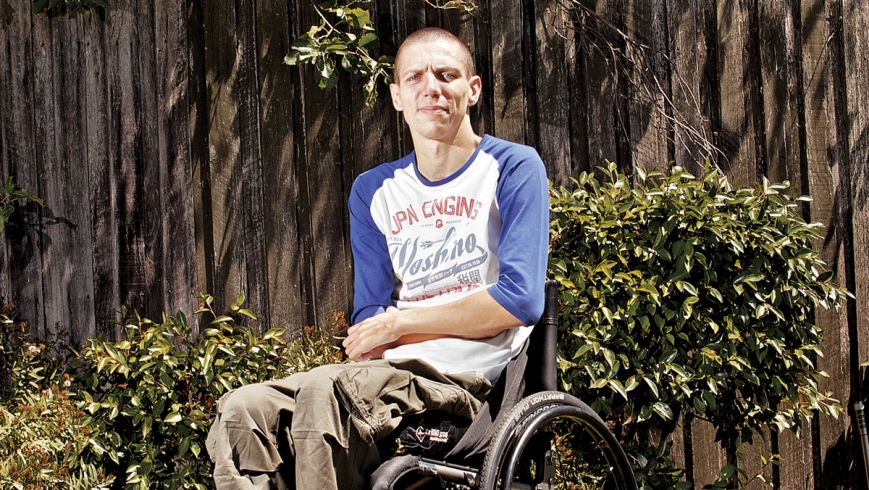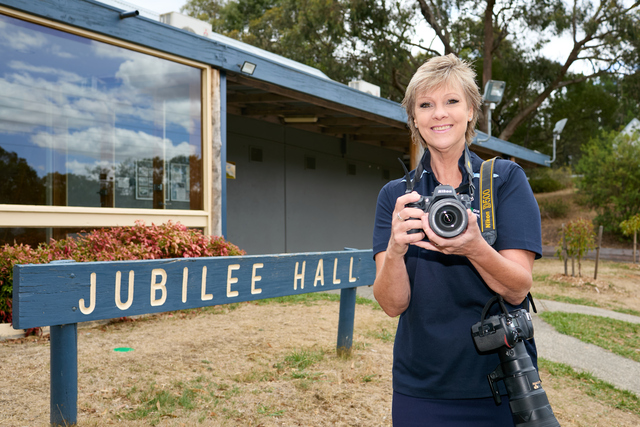Nine people in the metro northern region received a severe spinal cord injury resulting from transport accidents in the five years to June 2013, according to the Transport Accident Commission’s claims data released last week.
The TAC’s Road Safety Statistical Summary was prepared in January and details claims involving “acute hospitalisation”.
Data is broken down into 11 regions, with the metro northern region taking in the local government areas of Banyule, Darebin, Hume, Moreland, Nillumbik and Whittlesea.
The region’s nine incidents of severe spinal cord injury sustained from road accidents is just above the state average.
TAC chief executive officer Janet Dore said people who sustained severe spinal cord injuries in car crashes would need lifetime care from the TAC.
“Those who receive severe spinal injuries in transport accidents will need lifetime support from the TAC of up to $10 million. This reflects how much care is needed to help people lead full and independent lives.”
RELATED: Nazim living life to the full
In March last year, the TAC announced a new partnership with Independence Australia, a not-for-profit organisation that supports people with disability to regain independence and aims to increase awareness of spinal cord injuries among young people.
People aged 15 to 24 are classified the most at risk of acquiring spinal cord injury. The TAC’s new SpinChat program will tour secondary schools across the state to give students a chance to hear an open and honest account of a traumatic accident and what it’s like living with a spinal cord injury.
Lalor resident Anthony Gray was left a quadriplegic after an accident on his BMX bike when he was 19.
Mr Gray is among the speakers who will be touring schools in Melbourne’s north in a bid to try and prevent accidents like his own.
“My message might not get to the kids straight away, but if it saves one kid my job is done,” he said.
Mr Gray had fallen backwards off his BMX bike countless times before, so he wasn’t immediately concerned when he took a tumble on a small track in Adelaide in 2004.
This time, however, he wasn’t wearing a helmet, and he had fallen upside down.
“I came off the bike and landed like a handstand,” Mr Gray said last week.
“The doctor told me I was lucky no one sat me up or I would have been killed outright.”
Mr Gray had broken his neck. Fortunately for him the two men who came to his aid that day on the track knew a thing or two about the risk of spinal injury.
Mr Gray had been trying to carve out a career as a BMX rider. The fall rendered him temporarily immobile and he was forced to return home to Lalor to try and rebuild his life.
“It was tough at the start. There was a lot of anger, frustration and tears,” he said.
After a long battle Mr Gray is testament to the possibilities of living life to the full despite limited physical mobility.
He volunteers for the Country Fire Authority part-time, helping Epping CFA’s captain and lieutenant with their paperwork, and works part-time for Independence Australia, speaking to secondary school students about the realities of living with a severe spinal cord injury.
“I was a shy kid at school,” he said.
“It [public speaking] was a job I never thought I’d be able to do.”







